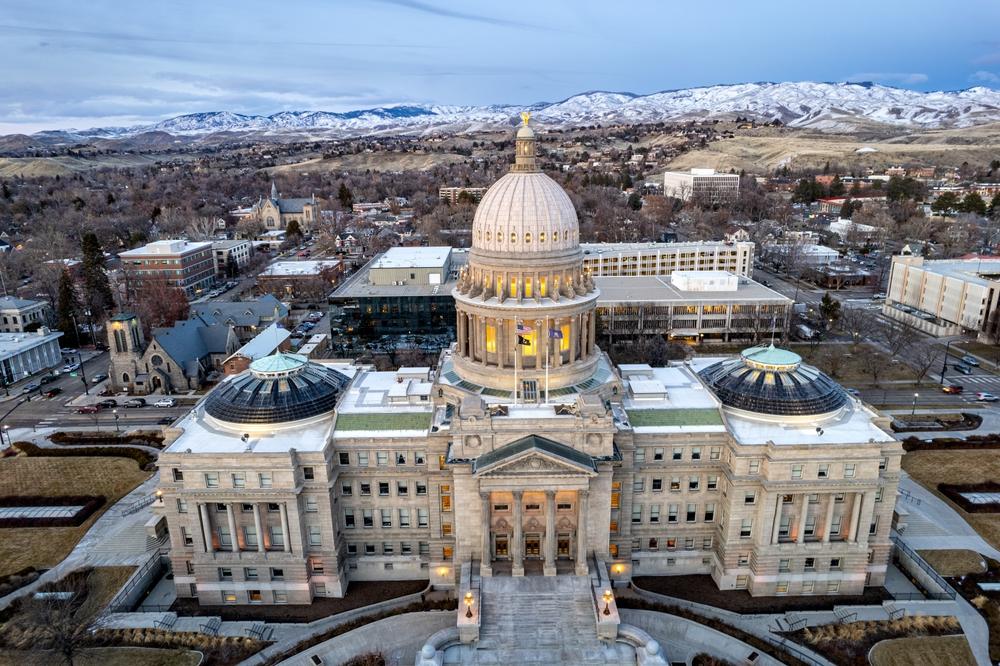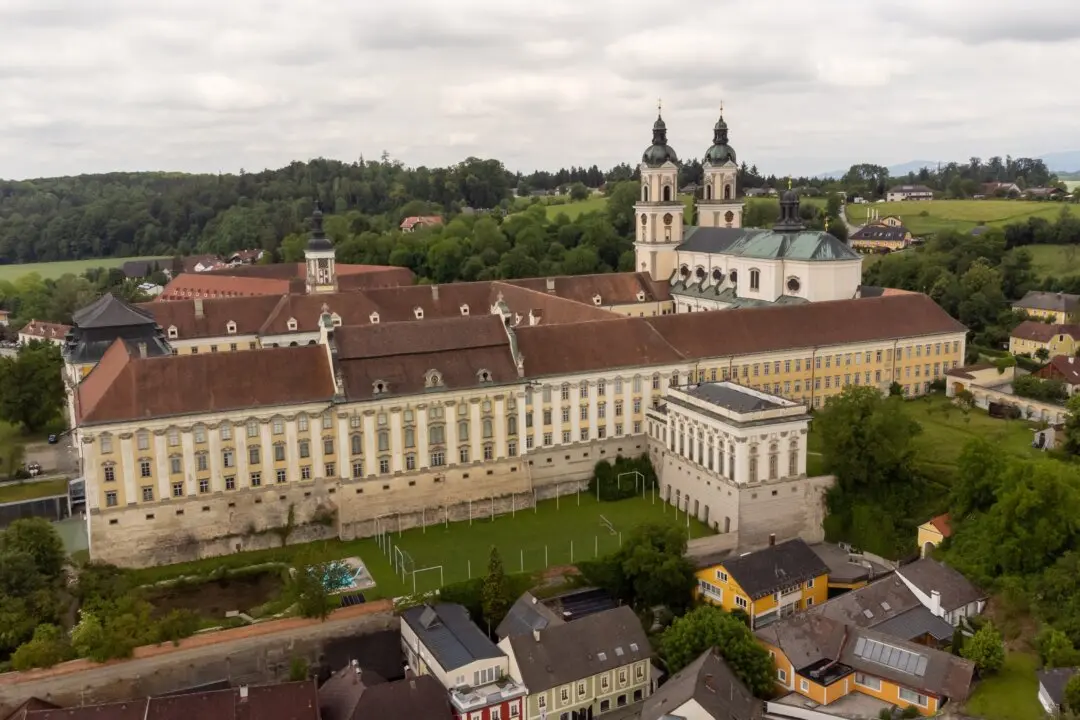Touted as the “builders of Idaho,” the late 19th-century Boise-based architectural firm Tourtellotte and Hummel accepted a bid to design the Idaho Capitol in a Beaux-Arts and Neoclassical style on July 11, 1905. The central structure was completed in 1912, wings were added in 1919, and by 1920, the Idaho Capitol comprised 150,000 square feet.
Notable materials used for the exterior and interior include distinct and various hued stone: Montana granite, Idaho sandstone, red Georgia marble, gray Alaska marble, green Vermont marble, and black Italian marble. The interior wood throughout is Honduran mahogany. And like many grand structures, its construction required hundreds of tons of steel. The Boise Foothills, which span parts of both the Boise and Sawtooth national forests, provide the natural and stunning backdrop to the state Capitol structure. Made of sandstone taken from nearby Table Rock, each sandstone block weighs 10 tons. From the first floor to the eagle atop the dome, the building rises 208 feet.





